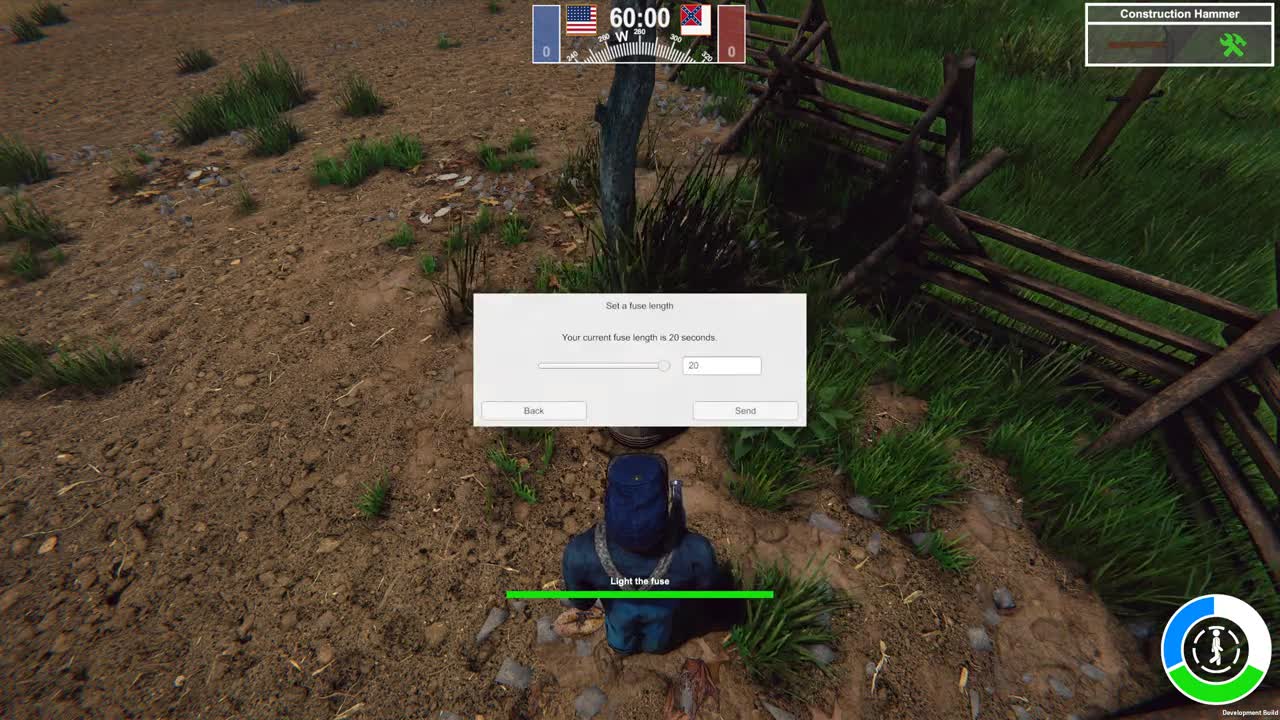

Like warriors of ancient times, these brave men found glory and ideals on the battlefield that became the subject of poetry to perpetuate the memory of their experience and deeds.Įggleston, George C.

The enlistment of African American men to fight for the Union marked an important turning point in the Civil War and the fight for freedom. McPhersons classic work Battle Cry of Freedom: The Civil War Era (1988) examines similar themes found in For Cause & Comrades, focusing on the. Then, he carefully and lucidly describes the political environment in America that. McPherson first describes the economic, social, political, and technological changes that occurred in the United States in the years before the conflict. For all of his discussion of politics, economics, the military, and society, we cannot escape McPherson's constant reminders that slavery (and its opposite, freedom) is central to the story. Inspired by the troops, the abolition movement, and the Union causes, Boker wrote patriotic poetry and many of his war poems were published in 1864 under the title Poems of War. McPherson is the best single volume history of the American Civil War. The first is to examine the multiple meanings of slavery and freedom, and how they dissolved and re-formed into new patterns in the crucible of war (viii). He helped found the Union League Club, serving as its secretary from 1863-71 and then as its president from 1879-84. Study with Quizlet and memorize flashcards containing terms like Party differences over Mexican war, Fear of Mexican war as a slave power conspiracy. Originally a Democrat, the conflict quickly forced him to change political sides, and Boker played a key role in establishing the strength of the Republican party in Philadelphia, Pennsylvania. 1890) and made him an active Union supporter with new ideas to put into poetry. The Civil War changed George Henry Boker (b. Without Concealment, Without Compromise.Matchless Organization: Nonsurgeon Employees of the Surgeon General’s Office.Matchless Organization: Medical Officers in the Regular Confederate Army.Narrator Jonathan Davis’ powerful reading brings to life the many voices of the Civil War. The Bonds of War: Imprisoned Members of the 96th Illinois Battle Cry of Freedom vividly traces how a new nation was forged when a war both sides were sure would amount to little dragged for four years and cost more American lives than all other wars combined.The Bonds of War: Mother of the Regiment.The Bonds of War: New Flag for 96th Illinois.The Bonds of War: Edward and Nancy Murray home.The Bonds of War: Edward Murray’s Pension Application.The Delicious If: MacKinlay Kantor’s If the South Had Won the Civil War and Alternative History.God and Generals: A Conversation with Jeff Shaara.In Crossroads of Freedom, America's most eminent Civil War historian, James M. Turning Points of the American Civil War The Battle of Antietam, fought on September 17, 1862, was the bloodiest single day in American history, with more than 6,000 soldiers killed-four times the number lost on D-Day, and twice the number killed in the September 11th terrorist attacks.The Summer of ’63: Vicksburg and Tullahoma.


 0 kommentar(er)
0 kommentar(er)
